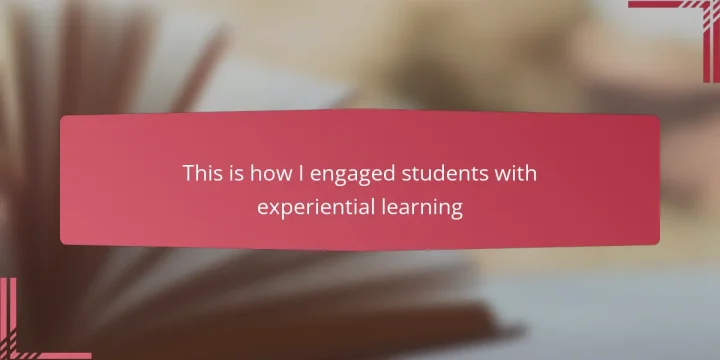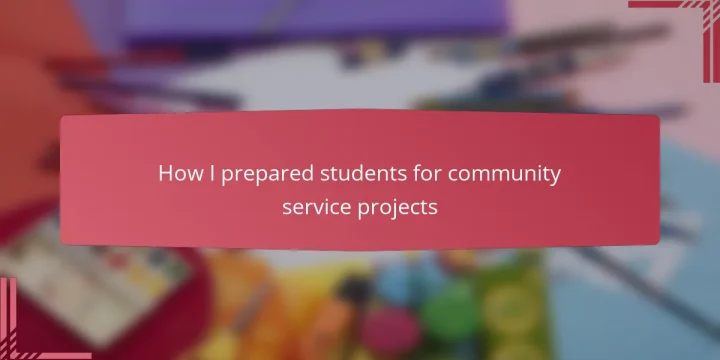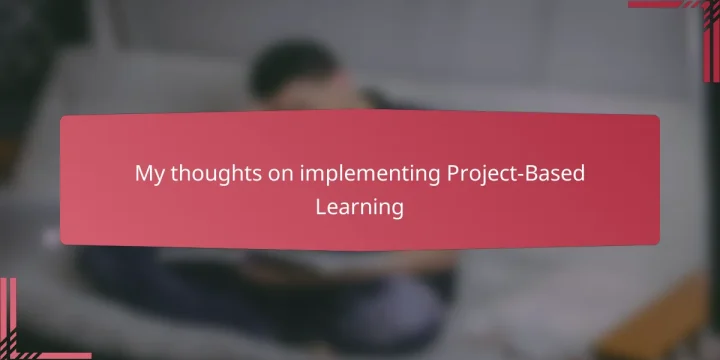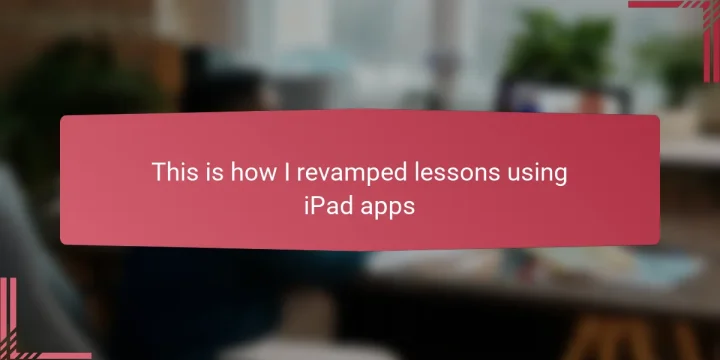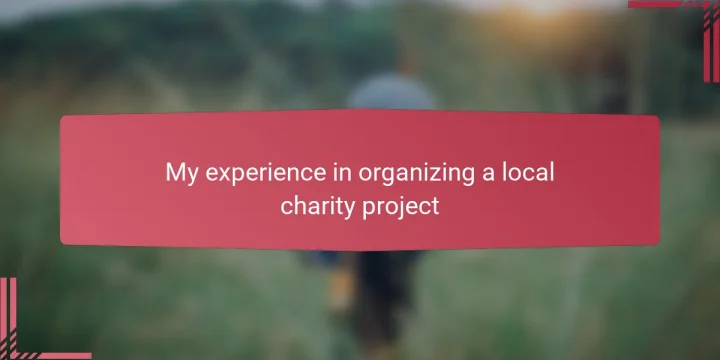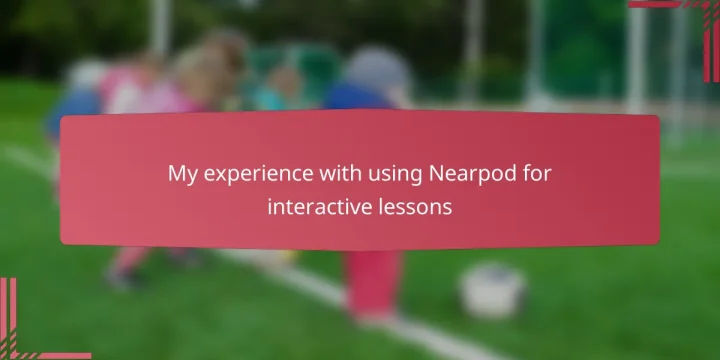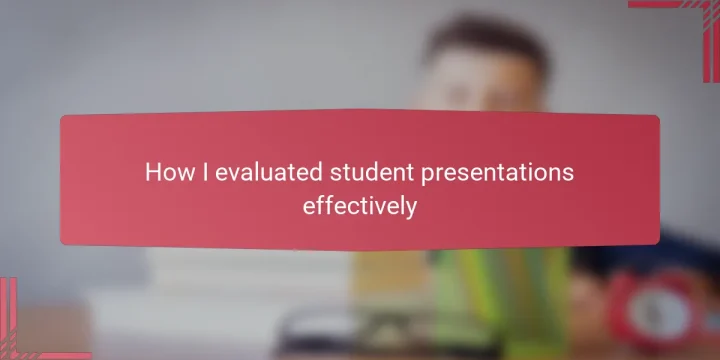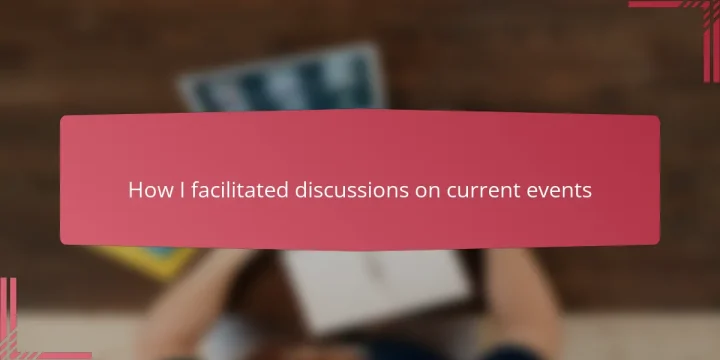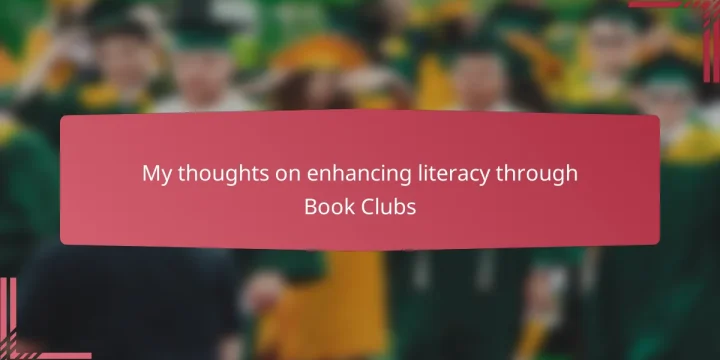
Key takeaways Literacy is a crucial foundation for empowerment, enabling individuals to engage in activism and social change effectively. Book clubs transform reading into an interactive experience, fostering critical thinking and community among learners. Inclusion of diverse texts and student-led discussions enhances engagement and personal connection to literature. Facilitating book clubs with open-ended questions and varied activities promotes confidence and deeper understanding of texts. Understanding Literacy and Its Importance When I think about literacy, I don’t just see it as the ability to read and write; it’s so much more. It’s about understanding the world, expressing ideas, and connecting with others in meaningful ways. Have you ever considered how literacy shapes the way we participate in society and advocate for change? Growing up, I realized that literacy opens doors—it gave…
